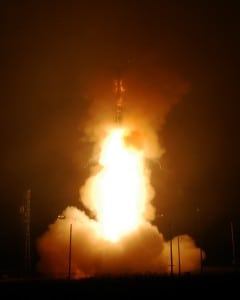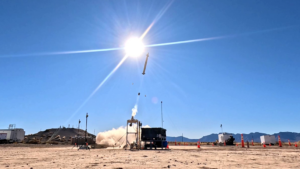
The United States’ Long Range Strike Bomber, the Ohio-class submarine replacement and the Ground-Based Strategic Deterrent (GBSD) programs are the main source of potential budget overruns for the U.S. nuclear forces, according to newly released projections from the Center for Strategic and Budgetary Assessments (CSBA).These programs will “drive the potential for cost overruns,” Todd Harrison, senior fellow for defense budget studies at CSBA, said Aug. 4 upon releasing a study on the affordability of nuclear forces. The study notes that…










